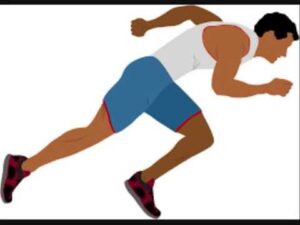Hi, welcome to our YOUTUBE channel. Here we are going to tell you about various types of medication. There are two types of diabetes Type 1 diabetes and type 2 diabetes. In type 1 diabetes there is less or no production of insulin . This is because beta cells that are responsible for production of insulin are got damaged by immune system of the body. In type 2 diabetes body cells develop resistance to insulin and they do not respond to insulin. So blood glucose level increases as there is no absorption of glucose from blood. When we eat food , our body breaks down it into carbohydrates, protein and fats. Carbohydrates is converted into glucose. This glucose is used by body’s cell as energy source. Metformin is used in diabetes widely. It affects the liver . It controls secretion of glucose by liver. It tells liver to secret little amount of glucose. So amount insulin produced by pancreas is enough to balance glucose produced by liver under metformin affect. In this way it helps in bringing down blood sugar level. Metformin also helps cells use the glucose available in blood. This two steps method helps in reducing the blood sugar level. Metaformin also increases insulin sensitivity. Metaformin should not be used by people having severe kidney infections. If anyone is in state of diabetic ketoacidosis, he should not use metaformin. This medicine may cause a serious condition called lactic acidosis. If you have following diseases then you should told your doctor about these:- 1. Kidney disease 2. Liver disease 3. A history of heart disease or recent heart attack. 4. If you have recently taken chlorpropamide 5. If you are over 80 years in age and have not recently had you kidney function checked. You if you are a diabetic person and you are having metaformin then you should aware of its side effects.
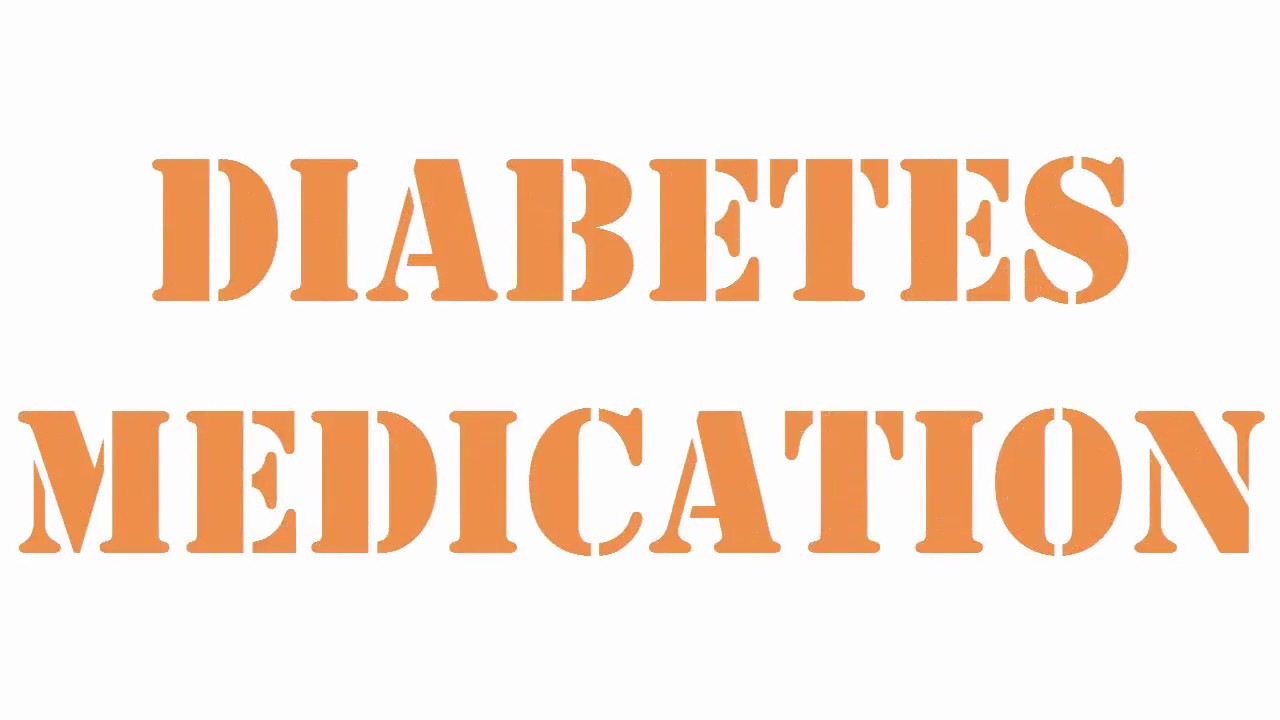
Diabetes Medication – Diabetes Metformin Medication
- Post author:
- Post published:May 26, 2021
- Post category:Uncategorized
- Post comments:0 Comments
You Might Also Like
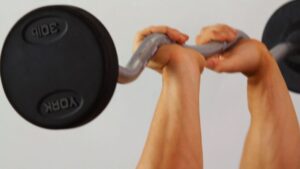
Close Grip Triceps Extension-5

Hyperextension With ball-11

5 MIN DAILY STRETCH – a super quick routine for every day / No Equipment I Pamela Reif

OUTER Bicep Split | Seated Dumbbell Curls| Rob Riches

Ketogenic Diet Xenical
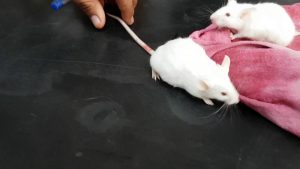
diazepam farmacologia I
Nutrition & Supplementation Videos

Medical Terminology of the Skeletal System

Move Better at The Movement Project Group Training Program

Growth hormone control and function
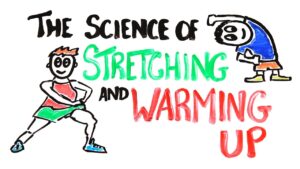
Does Stretching/Warming Up Actually Help?
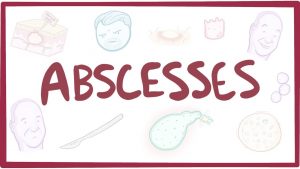
Abscesses – causes, symptoms, diagnosis, treatment, pathology

Seated Row-4

Study: Food can reverse heart disease

squat-6

NUTRITION MISTAKES | THE TOP 5

What Everything In Your Body Is Really Made Of? Genes Explained.

TOP 5 WORST EXERCISES (Stop Doing These!!)
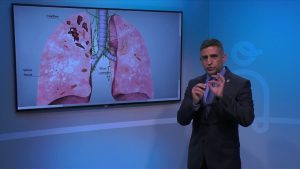
Effects of Tuberculosis on Lungs

Hepatology Video – 4
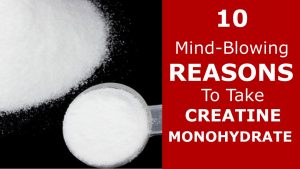
10 Mind Blowing Creatine Benefits

The Scariest Side Effect of Pregnancy!

Latissimus Dorsi Bent Over Row-1

Which body type do men REALLY like best?

Thyroid Hormone Conversion T4 to T3
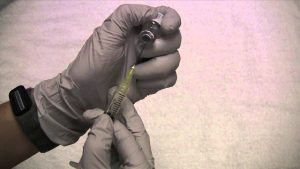
Glucagon – Administration Set

Infectious Disease Video – 4

Yoga Industry And Advantages Video – 6

What is the cause of vomiting and diarrhea ? | Good Health for All

Lateral Raises-16

30 Foods for Arthritis: Arthritis foods

TUESDAY Shoulders 9 1 song is attention

Cricket Video – 4
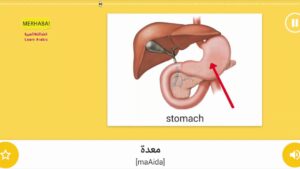
Part 7 – Internal organs – Vocabulary of People – important words – Learn Arabic – تعلم العربية

Human Transmutation Circle – Slower Version

How Steroids Affect Sperm Count | Infertility
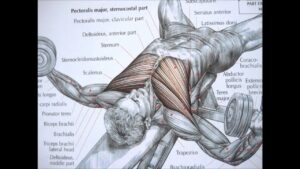
Bodybuilding chest exercise and anatomy

DEXA scan results – AB Challenge
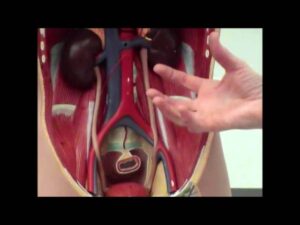
Intro Anatomy 4 -Abdominal Cavity 2

Blast Your Bi’s – Best Bicep Workout Video Pt. 4 – Swiss Ball Curls

How Often Should I Check My Blood Sugar Level?
